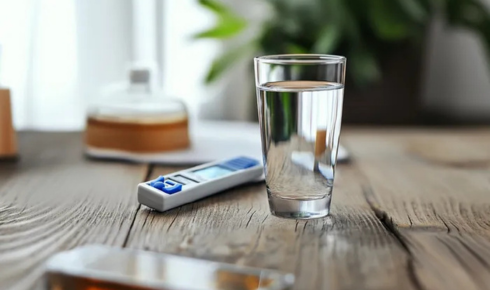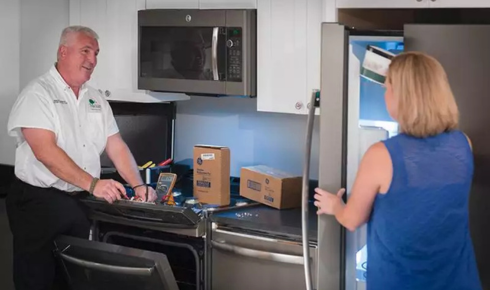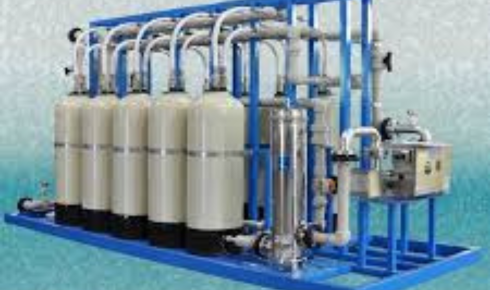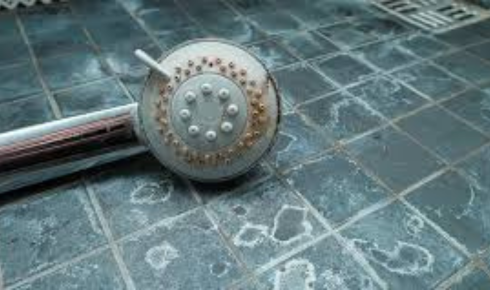Water is something we often take for granted. It’s right there when we wake up, when we cook, when we wash, and when we quench our thirst. But not all water is created equal. Have you ever noticed that some bottled waters taste crisp and refreshing while others feel almost flat? Or perhaps your tap water leaves mineral residue on dishes or makes soap behave oddly? These variations often come down to something called TDS, or Total Dissolved Solids. Understanding TDS can help you make better choices about the water you drink and use every day.
What Is TDS for Water?
First, let’s clarify what is tds for water. TDS refers to the total amount of dissolved substances in water, measured in parts per million (ppm). These substances can include minerals like calcium, magnesium, and potassium, as well as small amounts of metals, salts, and even some organic compounds. Essentially, TDS gives a snapshot of water’s overall composition.
Knowing TDS helps you understand not only taste but also potential health and household implications. Water with very low TDS might taste flat or bland, while extremely high TDS can be bitter or salty, depending on the specific minerals present.
How TDS Affects Taste
One of the first things people notice about TDS is its impact on taste. Water with a moderate TDS level often tastes “fuller” or more refreshing because of its natural minerals. Too low, and it can feel lifeless; too high, and it may taste unpleasantly metallic or mineral-heavy.
This is why bottled waters often list their TDS. Those labeled as “mineral water” generally have a higher tds level in water, contributing to a distinct flavor profile. Some brands deliberately target specific TDS ranges to appeal to taste preferences, while others focus on low TDS for neutral, smooth drinking water.
TDS and Health
TDS isn’t just about taste—it can have subtle health implications as well. Minerals such as calcium and magnesium, which contribute to TDS, are essential for strong bones, cardiovascular function, and general well-being. Drinking water with a moderate TDS level can supplement dietary intake of these minerals.
That said, extremely high TDS levels, especially from unwanted salts or metals, can be a concern. While municipal water is generally regulated and safe, private wells or untreated sources may require testing. Understanding your water’s TDS can help you decide whether filtration or treatment is necessary.
Measuring TDS in Water
Checking tds in water has become relatively easy thanks to affordable, handheld TDS meters. These devices estimate the concentration of dissolved solids by measuring electrical conductivity. A reading of 50 ppm indicates soft, low-mineral water, while a reading of 400 ppm suggests richer mineral content.
Testing TDS can also help you evaluate home filtration systems. Reverse osmosis systems, for instance, significantly reduce TDS, producing very clean water but often removing beneficial minerals as well. Carbon filters, by contrast, remove certain contaminants but may leave most dissolved solids intact.
TDS in Daily Life
TDS isn’t just about drinking water—it influences everyday life in subtle ways:
- Cooking: Water with moderate TDS can enhance the flavor of coffee, tea, and even pasta. Baristas often select water based on TDS to extract optimal flavor from coffee beans.
- Cleaning: High TDS can lead to mineral deposits on faucets, showerheads, and dishes, making cleaning more difficult.
- Appliance Longevity: Minerals can accumulate in water heaters, washing machines, and dishwashers, reducing efficiency and lifespan.
Understanding TDS helps you make smarter choices, from selecting bottled water to choosing the right filtration system.
Balancing TDS for Taste and Health
Most experts recommend a TDS range of 150–500 ppm for daily drinking water. Within this range, water usually tastes pleasant, retains beneficial minerals, and avoids excessive levels of unwanted substances. However, personal preference plays a role—some people enjoy very soft water (low TDS), while others prefer the richer flavor of higher TDS water.
If your water is outside this ideal range, a filtration system can help. Reverse osmosis, deionization, and remineralization units allow you to fine-tune TDS to match taste preferences and health considerations.
TDS and Filtration Systems
Many homeowners use filtration systems to control TDS and improve water quality. Reverse osmosis (RO) systems are highly effective at reducing TDS by removing most dissolved solids. While this produces clean water, it also removes minerals, which some people find affects taste. To address this, remineralization filters can add beneficial minerals back into the water.
Other systems, like activated carbon filters, may not significantly change TDS but can improve taste by removing chlorine, odors, and organic compounds. Understanding the tds level in water can help you select the right system and balance taste with health benefits.
Environmental and Practical Considerations
It’s also worth noting that TDS has practical implications beyond taste. High TDS water can contribute to scale buildup in pipes and appliances, increasing maintenance costs. Conversely, very low TDS water can be corrosive in some plumbing systems. Being aware of your water’s TDS helps you make informed choices to protect both your health and your home.
In kitchens, TDS affects brewing coffee or tea, boiling water, and even cooking pasta or rice. For people who care about culinary precision, the TDS of water is a surprisingly important detail.
Misconceptions About TDS
Several myths surround TDS. Low TDS does not automatically mean “better” or “healthier.” Very low TDS water may taste flat and lack minerals. Likewise, high TDS water is not automatically dangerous; it depends on the specific substances dissolved in the water.




